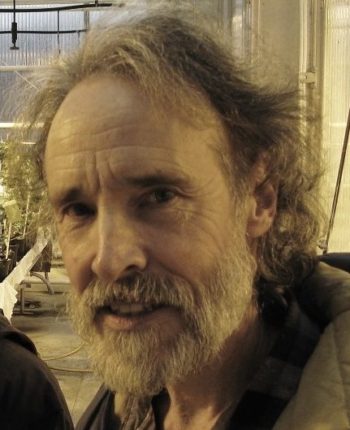Dr. Lynn Dicks
University of Cambridge
Title of Keynote: Understanding the risks to human well-being from pollinator decline
Abstract
Pollinator decline has attracted global attention, largely because of the relative ease with which a subset of pollinators can be allocated monetary value, for their services to crop production. These small animals are worth hundreds of billions of dollars, worldwide, we are told. Without them, we would face terrifying consequences, like ‘no more chocolate’ or perhaps a third of our food supply dramatically restricted. As a result, substantial efforts are underway to reverse pollinator decline around the world, through national pollinator strategies and action plans. In the seminar, I will provide an update on what is known about pollinator decline, and consider what it really means for humanity, in terms of risks to human well-being. I will report results of a global risk assessment exercise, in which we considered how the risks from pollinator decline differ among regions. Overall, perceived risks were substantially higher in the Global South. Despite extensive, research on pollinator decline, our analysis reveals considerable scientific uncertainty about what this means for human society.
Prof. Scott Armbruster
University of Portsmouth and University of Alaska Fairbanks
Title of Keynote: Pollination accuracy explains the evolution of floral movements
Abstract
The theory of adaptive accuracy relates within-population variation in (multivariate) morphology to variation in reproductive fitness based on estimated or calculated fitness functions, where deviation from maximal population fitness (phenotypic “load”) comprises two components: i) departure of the population mean from the optimum, and ii) imprecision (variance) in the population. This approach can be used effectively to understand the relationship between floral morphology and pollination fitness. I will focus on how various movements of flowers and floral parts, during the life of a flower, act to improve pollination accuracy and thereby fitness. Movements examined include secondary pollen presentation, progressive movements of styles and stamens, and corrective reorientation of flowers and flower parts after floral accidents.


